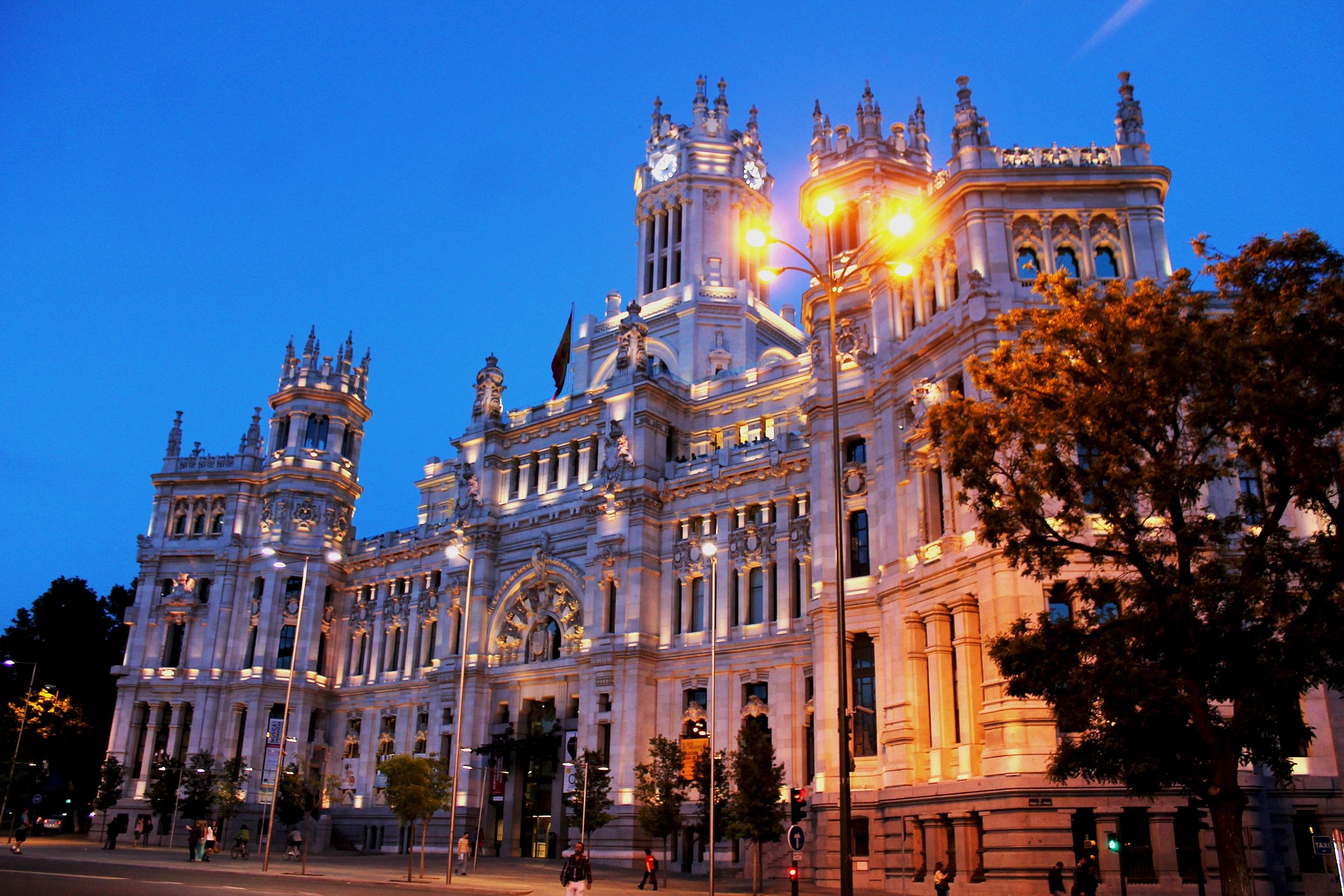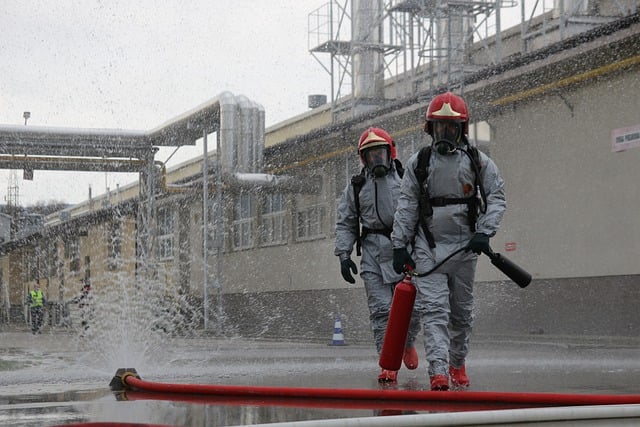Virtual Reality: The New Frontier in Performing Arts
Venturing into the realm of performing arts, the impact of technology has been undeniable, and Virtual Reality (VR) stands at the forefront of this digital revolution. This article delves into the role of VR in redefining performing arts, its historical progression, current developments, and the profound impact on audiences worldwide.
A Historic Overview of Virtual Reality in Performing Arts
VR technology is not entirely new to the world of performing arts. The first instance of VR can be traced back to the 1960s with Morton Heilig’s Sensorama, a mechanical device offering a multi-sensory experience. However, it was not until the 1990s that VR began to shape performing arts significantly. The profound influence of VR on performing arts is primarily seen in the areas of immersive theater, dance, and music performances, providing audiences with unparalleled, personalized experiences.
Virtual Reality Today: The Current Scenario
The advancement of VR technology has been rapid and transformative. Today, VR headsets are no longer bulky, expensive devices, but have become affordable and accessible to the average consumer. The implications for the performing arts are tremendous, with VR technology enabling artists to create immersive, interactive experiences that transcend traditional boundaries. Recent developments include VR operas, dance performances, and theater productions, bringing the audience into the heart of the action.
The Impact and Significance of Virtual Reality on Performing Arts
VR technology has fundamentally transformed the performing arts landscape. It has expanded the potential for creative expression and audience engagement, offering immersive experiences that blur the line between reality and virtuality. The audience is no longer a passive observer but becomes an active participant, directly involved in the narrative. This immersive quality is what sets VR apart, making it a powerful tool for artistic expression and cultural communication.
Reception of Virtual Reality in Performing Arts
The reception of VR in performing arts has been largely positive, with audiences and critics alike appreciating the innovative, immersive experiences it offers. However, it has also sparked discussions about accessibility and the digital divide. While VR technology has become more affordable, it is not yet universally accessible. There is also the question of whether VR experiences can truly replicate the magic of live performances. Nevertheless, the potential of VR in performing arts is undeniable, and its journey has only just begun.
Conclusion
The integration of VR into the performing arts is a testament to the endless possibilities of technology in enhancing and redefining artistic expression. As we continue to explore this digital frontier, we can look forward to a future where the boundaries between the virtual and the real are blurred, offering audiences around the world unparalleled experiences in the realm of performing arts.





